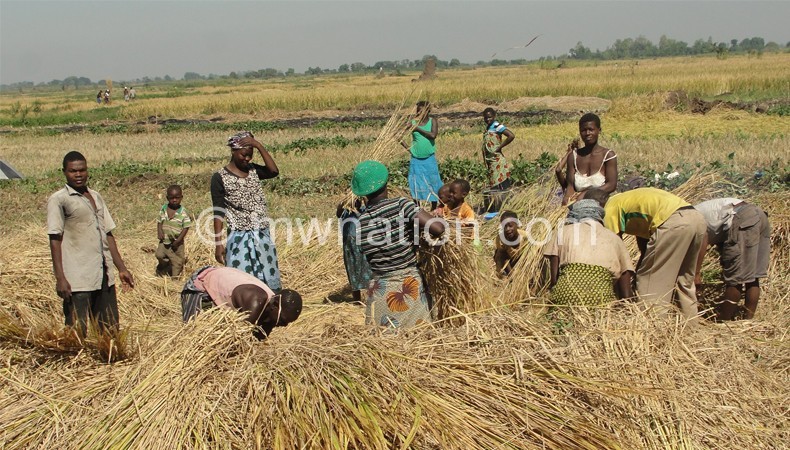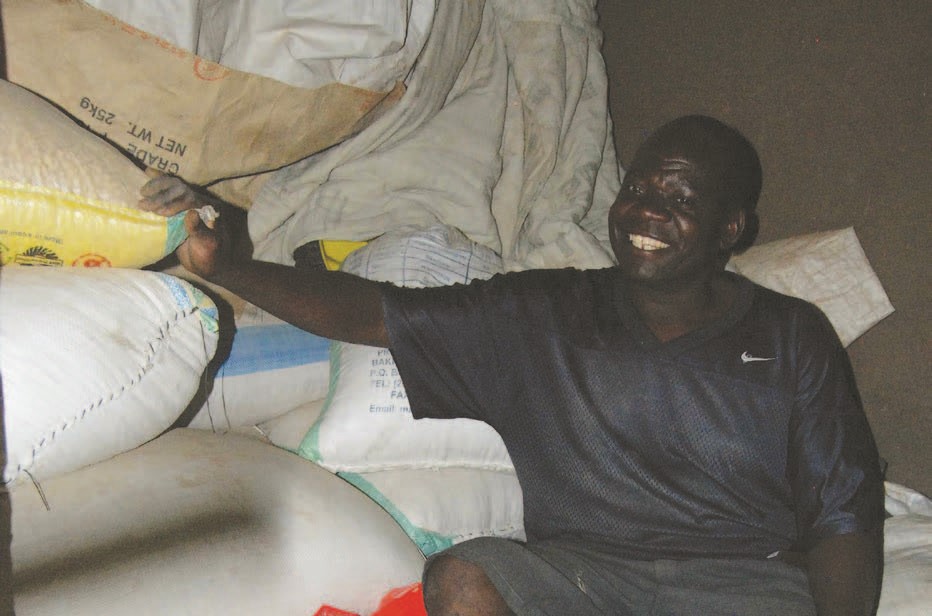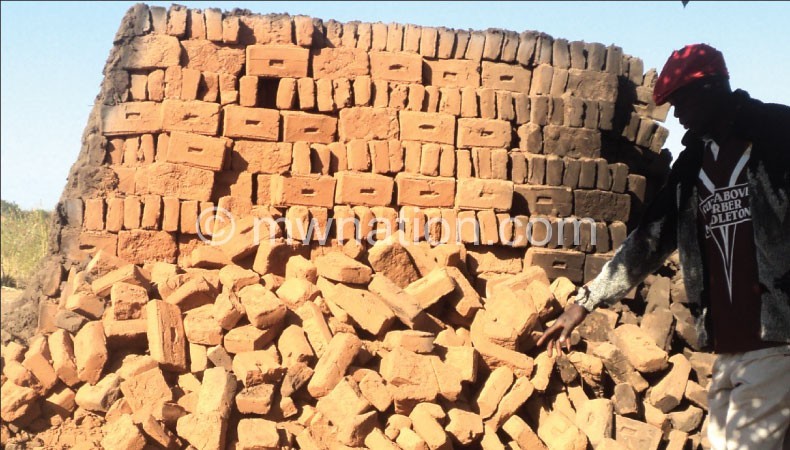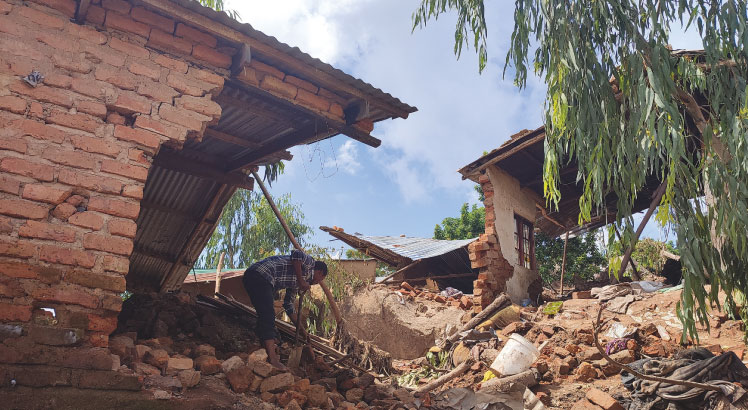Explore greenhouse method—experts
The National Initiative for Civic Education (Nice) Trust has advised farmers in Thyolo to exploresgreenhouse method of farming to avert problems of shortage of farmland and improve crop production.
The advice follows a 2014 study by the Catholic Commission for Justice and Peace (CCJP) which revealed that shortage of farmland is one of the main drivers of poverty in Thyolo, forcing the organisation to engage government, policymakers and duty-bearers to find the best means to address the problem.

CCJP says estate owners occupy 70 percent of the 1 672 square kilometres of land in Thyolo, leaving 600 000 people to share the remaining 30 percent.
But Nice Trust national programme manager, Grey Kalindekafe, said farmers can still maximise their production if they adopted greenhouse method of farming.
He said in countries where land is scarce, greenhouse has proven to be an effective tool for fighting hunger and poverty as the method allows farmers to produce using the outer space.
“Greenhouse is a light structure with the sides and roof mainly made of glass, for growing plants. And using these structures, I believe landless farmers in Thyolo can still be able to produce crops such as tomatoes, potatoes and groundnuts,” Kalindekafe said.
He stated that this method could also help farmers build resilience to climate change effects such as dry spells, since the method does not depend on rainfall.
Said Kalindekafe: “Weather experts are now emphasising on the need to stop relying on rain-fed agriculture because rains are becoming unreliable. As such, greenhouse can help farmers produce even when rains are not good.”
In June 2014, Thyolo director of planning and development (DPD), Douglas Moffat, attributed the problem of shortage of land on high fertility rates and improved life expectancy.
Moffat asked couples to practice family planning because a big population puts pressure on the land.





